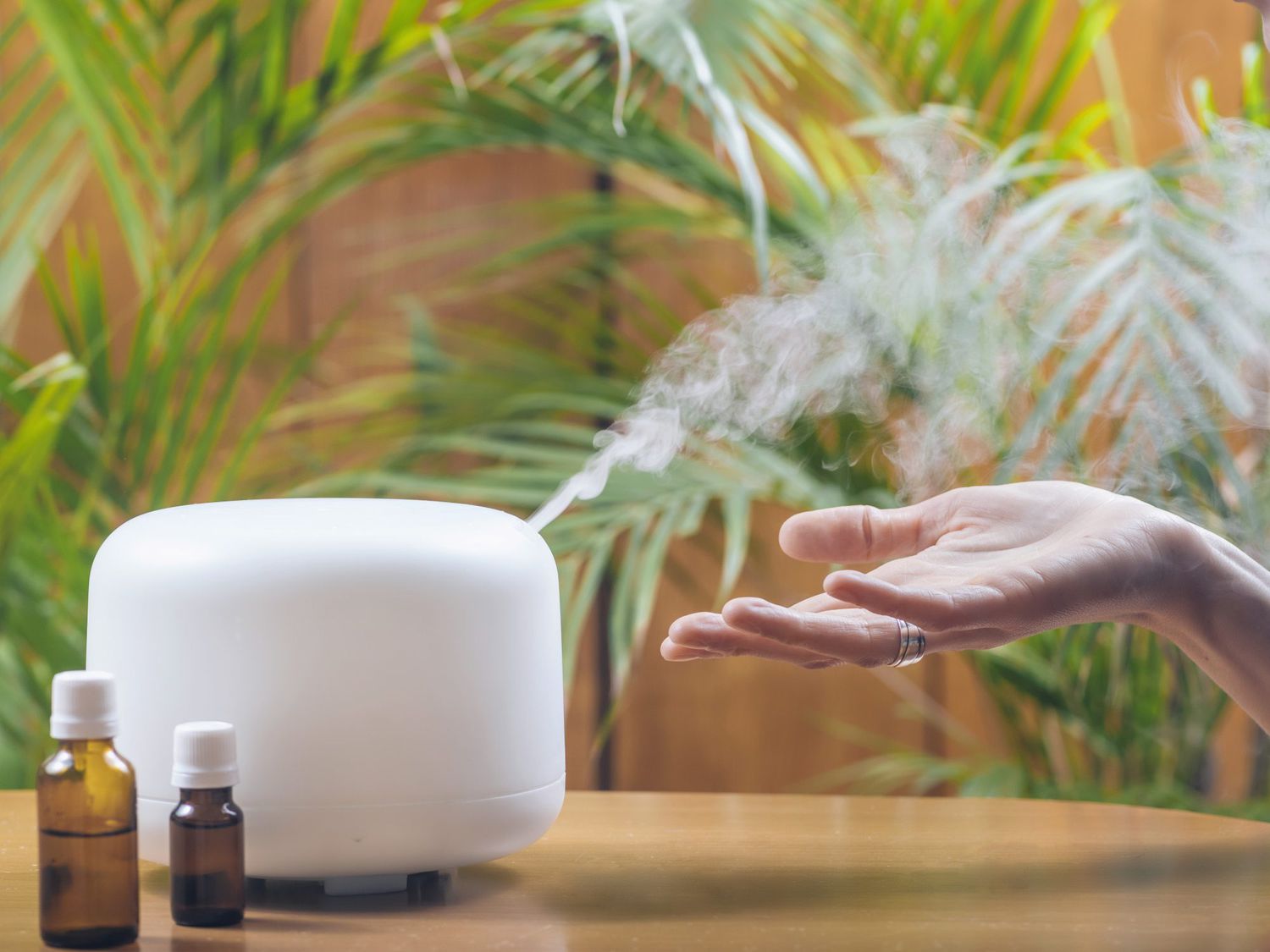

Articles
How To Use A Humidifier
Modified: January 7, 2024
Discover the benefits of using a humidifier and how it can improve air quality. Read our informative articles on how to properly use and maintain your humidifier for optimal results.
(Many of the links in this article redirect to a specific reviewed product. Your purchase of these products through affiliate links helps to generate commission for Storables.com, at no extra cost. Learn more)
Introduction
Welcome to our comprehensive guide on how to use a humidifier. If you’ve been struggling with dry air in your home or office, a humidifier can be a game-changer for you. Whether it’s the winter months when the air tends to become dry and uncomfortable or you live in a naturally dry climate, a humidifier can help create a more comfortable living environment by adding moisture to the air.
A humidifier is a device that increases the humidity level in a specific area or room. It works by emitting water vapor into the air, thereby increasing the moisture content. By maintaining optimal humidity levels, a humidifier offers a wide range of benefits that can positively impact your health, well-being, and even your home’s structural integrity.
In this guide, we will explore the various types of humidifiers available in the market, help you choose the right one for your needs, provide step-by-step instructions on how to set up and maintain your humidifier, and offer some useful tips to troubleshoot common issues that may arise.
Whether you’re a newbie to humidity control or already own a humidifier but want to learn more about using it effectively, this guide is for you. So, let’s dive in and discover the wonders of using a humidifier!
Key Takeaways:
- Choosing the right humidifier, setting it up correctly, and maintaining it regularly can greatly improve your living environment by adding moisture to the air and creating a more comfortable and healthy space.
- Proper placement, regular cleaning, and addressing issues promptly are crucial for ensuring the optimal performance and longevity of your humidifier, allowing you to enjoy the benefits of a comfortable and well-humidified environment.
Read more: How To Use A Humidifier For Congestion
What is a Humidifier?
A humidifier is a device designed to increase the moisture content in the air of a particular space. It works by adding water vapor to the surrounding environment, thus increasing the humidity level. Humidifiers are commonly used in homes, offices, and other indoor settings to combat dry air conditions.
Dry air can be caused by several factors, such as low humidity levels, heating systems, or even climate conditions. When the air becomes dry, it can lead to a variety of problems, including dry skin, irritated nasal passages, itchy eyes, and even respiratory issues. A humidifier helps to alleviate these problems by reintroducing moisture into the air, creating a more comfortable and healthier environment.
Humidifiers come in different sizes and types, each suited for specific spaces and requirements. Some humidifiers are designed to humidify the entire house, while others are more compact and suitable for a single room. The most common types of humidifiers include:
- Cool Mist Humidifiers: These humidifiers use a fan to blow air through a wick or a vibrating diaphragm, creating a cool mist that is released into the air. They are often considered safer for use around children and pets because they don’t use heating elements.
- Warm Mist Humidifiers: These humidifiers use a heating element to boil water and release warm steam. They are effective at killing bacteria and viruses in the water, making them a good choice for those concerned about hygiene.
- Ultrasonic Humidifiers: These humidifiers use ultrasonic vibrations to produce a fine mist of water particles that are then released into the air. They are known for their quiet operation and energy efficiency.
- Whole House Humidifiers: As the name suggests, these humidifiers are installed as part of the HVAC system and are capable of humidifying the entire house. They are often recommended for those living in dry climates or experiencing severe dry air issues.
Each type of humidifier has its own advantages and disadvantages, and the choice depends on factors such as the size of the room, personal preferences, and specific needs. Regardless of the type chosen, using a humidifier can help improve air quality, alleviate symptoms of dryness, and create a more comfortable and healthier living environment.
Benefits of Using a Humidifier
Using a humidifier offers a range of benefits that can greatly improve your overall well-being and the environment in which you live. Let’s take a closer look at some of the key advantages of incorporating a humidifier into your daily life:
- Relieves Dryness: One of the primary benefits of using a humidifier is its ability to combat dry air. Dry air can cause various discomforts such as dry skin, chapped lips, and irritated nasal passages. By introducing moisture into the air, a humidifier helps to alleviate these symptoms, leaving your skin and nasal passages hydrated, reducing itchiness, and promoting overall comfort.
- Improved Respiratory Health: Dry air can have a detrimental effect on your respiratory system, leading to issues such as coughing, throat irritation, and congestion. A humidifier can help to alleviate these respiratory symptoms by adding moisture to the air you breathe, easing congestion and reducing the risk of respiratory infections.
- Enhanced Sleep Quality: Dry air can often lead to snoring, irritated throat, or even dry out vocal cords, causing discomfort during sleep. By using a humidifier in your bedroom, you can add moisture to the air, reducing snoring tendencies, soothing your throat, and promoting a comfortable sleep environment. This can result in improved sleep quality and overall well-rested feelings.
- Alleviates Allergy and Asthma Symptoms: If you suffer from allergies or asthma, a humidifier can provide much-needed relief. Dry air can worsen these conditions, leading to increased nasal congestion, coughing, and wheezing. By maintaining optimal humidity levels, a humidifier can help to soothe irritated airways, making breathing easier and reducing allergy and asthma symptoms.
- Protects Wooden Furniture and Floors: Dry air can have a detrimental effect on wooden furniture, causing it to crack, warp, or shrink. Additionally, hardwood floors can become dry and develop gaps. By using a humidifier, you can help preserve the integrity of your wooden furniture and floors, preventing them from drying out and extending their lifespan.
- Prevents Static Electricity: Dry air is often responsible for the annoying static shocks we experience when touching objects or other individuals. By introducing moisture into the air, a humidifier can help to reduce static electricity, making it more comfortable to move around and eliminating those unpleasant shocks.
These are just a few of the many benefits that a humidifier can offer. With improved air quality, enhanced comfort, and numerous health benefits, incorporating a humidifier into your daily life can have a positive impact on both your physical well-being and the environment you live in. Whether it’s protecting your health, preserving your belongings, or improving your quality of sleep, a humidifier is a valuable addition to any space.
Types of Humidifiers
Humidifiers come in different types, each with its own unique mechanisms and functionalities. Understanding the different types will help you choose the most suitable humidifier for your specific needs. Here are the most common types of humidifiers:
- Cool Mist Humidifiers: Cool mist humidifiers work by using a fan to blow air through a wet wick or a vibrating diaphragm, creating a cool mist that is then released into the air. These humidifiers are often preferred for their energy efficiency and safety, especially for households with children or pets. They can help to relieve dryness, ease congestion, and provide a comfortable living environment.
- Warm Mist Humidifiers: Warm mist humidifiers, also known as steam vaporizers, heat water to produce warm steam that is released into the air. These humidifiers are excellent for soothing nasal congestion, as the warm mist can help to open up the airways and alleviate respiratory symptoms. Warm mist humidifiers are also great for creating a cozy and comforting ambiance during colder months.
- Ultrasonic Humidifiers: Ultrasonic humidifiers use high-frequency vibrations to produce a fine mist of water particles that are then dispersed into the air. This type of humidifier is known for its whisper-quiet operation, making it ideal for bedrooms or offices where noise can be a concern. Ultrasonic humidifiers are available as both cool mist and warm mist options.
- Evaporative Humidifiers: Evaporative humidifiers use a fan to blow air through a wet wick or filter, causing water to evaporate and release moisture into the air. These humidifiers are energy-efficient and provide a healthy and natural way to add moisture to the environment. They work well in medium-sized rooms and are often more affordable compared to other types of humidifiers.
- Whole House Humidifiers: Whole house humidifiers are installed as part of the HVAC system and work to humidify the entire house. They are typically integrated into the ductwork and allow for consistent humidity control throughout the home. Whole house humidifiers are recommended for those living in dry climates or experiencing severe dry air issues, as they offer comprehensive humidity control.
It’s essential to choose a humidifier that suits your specific requirements, room size, and personal preferences. Consider factors such as noise levels, energy efficiency, maintenance needs, and the type of mist produced when deciding which humidifier to purchase. With the right type of humidifier, you can create a comfortable and well-balanced environment that promotes optimal health and well-being.
Choosing the Right Humidifier
With various types of humidifiers available in the market, it can be overwhelming to choose the one that best suits your needs. However, by considering a few key factors, you can make an informed decision and select the right humidifier for your specific requirements. Here are some factors to consider when choosing a humidifier:
- Room Size: Consider the size of the room or area where you intend to use the humidifier. Different humidifiers have varying coverage areas, so make sure to check the manufacturer’s specifications to determine if it is suitable for the room size you plan to use it in. A humidifier with inadequate coverage may not effectively humidify the entire space.
- Type of Humidifier: Evaluate the pros and cons of each type of humidifier discussed earlier. Consider factors such as noise level, ease of use, maintenance requirements, and the type of mist produced. Decide whether you prefer a cool mist or warm mist humidifier, and weigh the benefits of each type based on your specific needs and preferences.
- Humidity Control: Some humidifiers come with built-in humidity sensors and adjustable settings, allowing you to monitor and control the humidity levels in your space. This feature can be valuable, especially if you want precise control over the humidity levels or if you live in an area with fluctuating humidity. Look for humidifiers with humidity control features if this is important to you.
- Easy Maintenance: Consider the maintenance requirements of the humidifier you are considering. Some humidifiers may require regular cleaning, filter replacements, or other maintenance tasks. Look for humidifiers that are easy to clean and maintain, as this will ensure its longevity and optimal performance over time.
- Noise Level: If you plan to use the humidifier in bedrooms or other quiet areas, consider its noise level. Look for models that are specifically designed to operate quietly, such as ultrasonic humidifiers. These models are ideal for creating a peaceful sleep environment without disturbing noise.
- Budget: Set a budget for your humidifier purchase. Humidifier prices can vary depending on factors such as brand, size, and features. Decide how much you are willing to spend and look for humidifiers within your budget range that still meet your requirements.
By carefully considering these factors, you can narrow down your choices and select the right humidifier for your specific needs. Remember to read product reviews and compare different models to ensure you make an informed decision. With the right humidifier in place, you can enjoy the benefits of optimal humidity levels and create a comfortable and healthy living environment.
When using a humidifier, be sure to clean it regularly to prevent the growth of mold and bacteria. Follow the manufacturer’s instructions for proper maintenance.
Read more: When To Use A Humidifier
Setting Up Your Humidifier
Setting up your humidifier correctly is crucial to ensure its proper functioning and effectiveness. Follow these steps to set up your humidifier:
- Choose a Suitable Location: Select a level and flat surface for your humidifier. Place it on a stable surface away from direct sunlight and heat sources to prevent damage and ensure optimal operation.
- Clean the Humidifier: Before using the humidifier, clean it according to the manufacturer’s instructions. This is important to remove any dust, contaminants, or residues that may have accumulated during storage or transportation. Cleaning the humidifier will help maintain its performance and prevent the growth of harmful bacteria or mold.
- Add Water: Fill the water tank of your humidifier with clean, distilled water or filtered water. Avoid using tap water as it may contain minerals that can lead to the buildup of scale or white dust. Follow the manufacturer’s instructions regarding the recommended water level.
- Place the Tank Correctly: Position the filled water tank onto the base of the humidifier, ensuring that it is properly aligned and securely attached. Be careful not to overfill the tank, as it may lead to water leakage or other issues.
- Adjust Humidity Settings (If Applicable): If your humidifier has adjustable humidity settings, set it to your desired level. Remember that recommended indoor humidity levels typically range between 30% and 50%. Setting the humidity too high can create excess moisture and potential mold growth, while setting it too low may not provide the desired benefits.
- Turn on the Humidifier: Plug in the humidifier and switch it on. Ensure that all controls and settings are properly adjusted. You should start noticing the release of mist or steam into the air shortly after turning it on.
- Monitor and Adjust: Keep an eye on the humidity levels in the room and adjust the settings of the humidifier as needed. It may take some time to find the optimal settings that provide the desired humidity level without creating excess moisture.
- Refill and Maintain: Regularly check the water level of your humidifier and refill it as needed. Also, follow the manufacturer’s recommendations for regular maintenance, such as replacing filters or cleaning components, to ensure the continued optimal performance of your humidifier.
By following these steps, you can effectively set up your humidifier and start enjoying the benefits of properly humidified air. Remember, it is important to regularly clean and maintain your humidifier to prevent the buildup of contaminants and ensure its long-term functionality.
Maintaining Your Humidifier
Regular maintenance of your humidifier is essential to keep it running efficiently and ensure the quality of the air it produces. Here are some tips to help you maintain your humidifier:
- Regular Cleaning: Follow the manufacturer’s instructions on how to clean your humidifier. Generally, it is recommended to clean the humidifier on a weekly or bi-weekly basis. Empty the water tank, remove any mineral deposits or residue, and disinfect it with a mixture of water and vinegar or a cleaning solution recommended by the manufacturer. Rinse it thoroughly before reassembling.
- Replace or Clean Filters: Depending on the type of your humidifier, it may have a filter that needs regular replacement or cleaning. Check the manufacturer’s instructions to determine how often the filter should be replaced or cleaned. A dirty or clogged filter can hinder the humidifier’s performance and potentially release harmful particles into the air.
- Monitor Water Quality: It is important to use clean water in your humidifier to prevent the buildup of mineral deposits and the release of white dust into the air. If you notice an excessive amount of white dust, consider using distilled water or a demineralization cartridge to reduce mineral residue.
- Empty and Refill Daily: Do not let water stagnate in your humidifier for long periods. Empty the water tank and base, and refill it with fresh water each day. Standing water can become a breeding ground for bacteria, mold, and other contaminants that can be released into the air.
- Replace Seals and Parts (If Necessary): Over time, the seals or other parts of your humidifier may wear out or become damaged. If you notice any leaks or malfunctions, check with the manufacturer for replacement parts and promptly replace them to ensure the humidifier’s optimal performance.
- Store Properly: If you are not using your humidifier for an extended period, make sure to store it properly. Empty the water tank, clean it thoroughly, and allow all components to dry completely before storing in a cool and dry place. This will help prevent the growth of mold or bacteria during storage.
Regular maintenance of your humidifier will not only maximize its efficiency but also keep the air you breathe clean and healthy. By following these maintenance tips, you can ensure that your humidifier continues to provide the desired level of humidity and promotes a comfortable and health-enhancing environment in your home or office.
Cleaning and Safety Tips
Ensuring the cleanliness and safety of your humidifier is important for maintaining its performance and preventing potential health hazards. Here are some cleaning and safety tips to keep in mind:
- Regular Cleaning: Clean your humidifier according to the manufacturer’s instructions. Empty and rinse the water tank daily, and perform a thorough cleaning at least once a week. This will help prevent the growth of mold, bacteria, and mineral deposits.
- Use Distilled or Filtered Water: To minimize mineral buildup and the release of white dust, use distilled water or filtered water instead of tap water. This will not only improve the quality of mist released by the humidifier but also reduce the frequency of cleaning.
- Replace Filters and Parts: Follow the manufacturer’s recommendations on when to replace filters or other parts of your humidifier. Using worn-out filters or damaged parts can negatively affect the performance and efficiency of your humidifier.
- Avoid Overhumidification: Maintaining the right humidity level is important. Overhumidification can lead to excessive moisture in the air, creating a breeding ground for mold and bacteria. It can also damage furniture and promote the growth of allergens. Monitor the humidity levels and adjust the settings accordingly.
- Position Safely: Place your humidifier on a flat, stable surface away from the reach of children and pets. Ensure that cords are not stretched, pinched, or obstructed. This will prevent accidental tipping or electrical hazards.
- Use in Well-Ventilated Areas: To avoid excessive moisture buildup, use your humidifier in well-ventilated areas. Opening windows or doors periodically can help control humidity levels and prevent condensation on surfaces.
- Prevent Overexposure: While humidifiers can provide numerous benefits, it is important to prevent overexposure to high humidity levels. Excessive humidity can lead to discomfort, respiratory issues, and contribute to the growth of mold and mildew. Monitor humidity levels and adjust the settings accordingly.
- Replace Old or Faulty Humidifiers: If your humidifier is old or experiencing frequent issues despite proper maintenance, it may be time to replace it. Continuously using a faulty humidifier can compromise its performance and pose safety risks.
By following these cleaning and safety tips, you can ensure the longevity, performance, and safety of your humidifier. Remember that regular maintenance and responsible use are crucial for enjoying the benefits of a humidifier while maintaining a healthy living environment.
Troubleshooting Common Issues
Even with proper maintenance, humidifiers can sometimes encounter issues that can affect their performance. Here are some common problems you may encounter with your humidifier and possible troubleshooting steps:
- Inadequate Humidity: If you find that your humidifier is not providing enough humidity, first ensure that the water tank is filled and the settings are adjusted correctly. Check if the room size is suitable for the humidifier’s coverage area. If the issue persists, consider cleaning or replacing the humidifier’s filter as a clogged or dirty filter can impede the release of moisture.
- Excessive Moisture: If your room feels excessively humid and water droplets are forming on surfaces, the humidity level may be too high. Check and adjust the settings to a lower humidity level. Additionally, make sure the humidifier is not placed too close to walls or furniture, as this can contribute to condensation. Opening windows or doors for ventilation can also help reduce excessive moisture.
- Strange Odors: If your humidifier emits a foul or stagnant odor, it may be due to the growth of bacteria or mold. Ensure you are using clean water and have properly cleaned and disinfected the humidifier. Regular cleaning and replacing filters can help eliminate odor-causing contaminants. If the odor persists, it may be time to replace the humidifier.
- Water Leakage: If you notice water leaking from your humidifier, check if the water tank is properly attached and secured. Ensure that the seals and components are intact and in good condition. If the issue continues, it may indicate a problem with the humidifier’s internal mechanism, and it is advisable to contact the manufacturer or seek professional assistance.
- Noise or Vibration: Excessive noise or vibration from your humidifier can disrupt your sleep or cause annoyance. Check if the humidifier is placed on a stable and level surface. Clean any mineral deposits that may be causing the noise. If the noise persists, it may indicate a mechanical issue, and you should contact the manufacturer for further assistance.
- Power Issues: If your humidifier is not turning on or experiencing intermittent power issues, check the power source and ensure the cord is properly plugged in. Verify that there are no tripped circuit breakers or blown fuses. If the issue persists, consult the user manual or contact customer support for further troubleshooting guidance.
If you encounter any other issues with your humidifier that are not mentioned here, refer to the manufacturer’s manual for specific troubleshooting steps. If the problem persists or if you are unsure how to address it, it is always recommended to seek assistance from the manufacturer’s customer support or consult a professional technician.
Remember that proper maintenance, regular cleaning, and addressing issues promptly can help ensure the optimal performance and longevity of your humidifier, allowing you to enjoy the benefits of a comfortable and well-humidified environment.
Read more: How To Use Vicks Humidifier
Conclusion
A humidifier can greatly improve your living environment by adding moisture to the air and creating a more comfortable and healthy space. By choosing the right type of humidifier, setting it up correctly, and maintaining it regularly, you can enjoy the numerous benefits it offers.
Whether you opt for a cool mist, warm mist, ultrasonic, or evaporative humidifier, each type has its own advantages and considerations. Consider factors such as room size, noise level, and maintenance requirements to select the humidifier that best suits your needs.
Setting up your humidifier involves proper placement, filling the water tank, adjusting the desired humidity levels, and ensuring its safe operation. Regular maintenance, including cleaning, filter replacement, and monitoring water quality, will keep your humidifier operating efficiently and prevent the growth of bacteria or mold.
Remember to follow safety precautions, such as positioning the humidifier in a safe location, using distilled or filtered water, and preventing overexposure to high humidity levels. Regularly monitoring and adjusting humidity levels based on your comfort and health needs is important to achieve the optimal balance of moisture in the air.
Lastly, troubleshooting common issues and promptly addressing any problems that arise will help maximize the performance and longevity of your humidifier. Should you encounter persistent issues or have concerns, always consult the manufacturer’s instructions or reach out to their customer support for guidance.
In conclusion, a well-maintained humidifier can enhance your overall well-being, relieve respiratory symptoms, prevent dryness, and protect your furniture. By incorporating a humidifier into your daily life, you can create a healthier, more comfortable living environment for you and your family.
Frequently Asked Questions about How To Use A Humidifier
Was this page helpful?
At Storables.com, we guarantee accurate and reliable information. Our content, validated by Expert Board Contributors, is crafted following stringent Editorial Policies. We're committed to providing you with well-researched, expert-backed insights for all your informational needs.
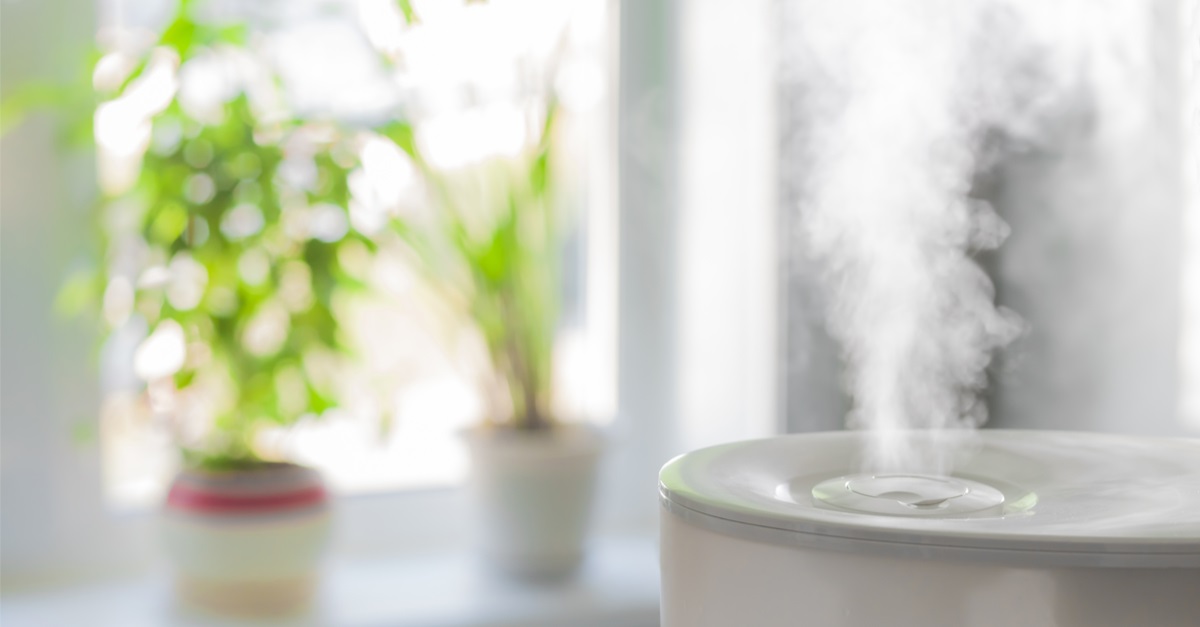
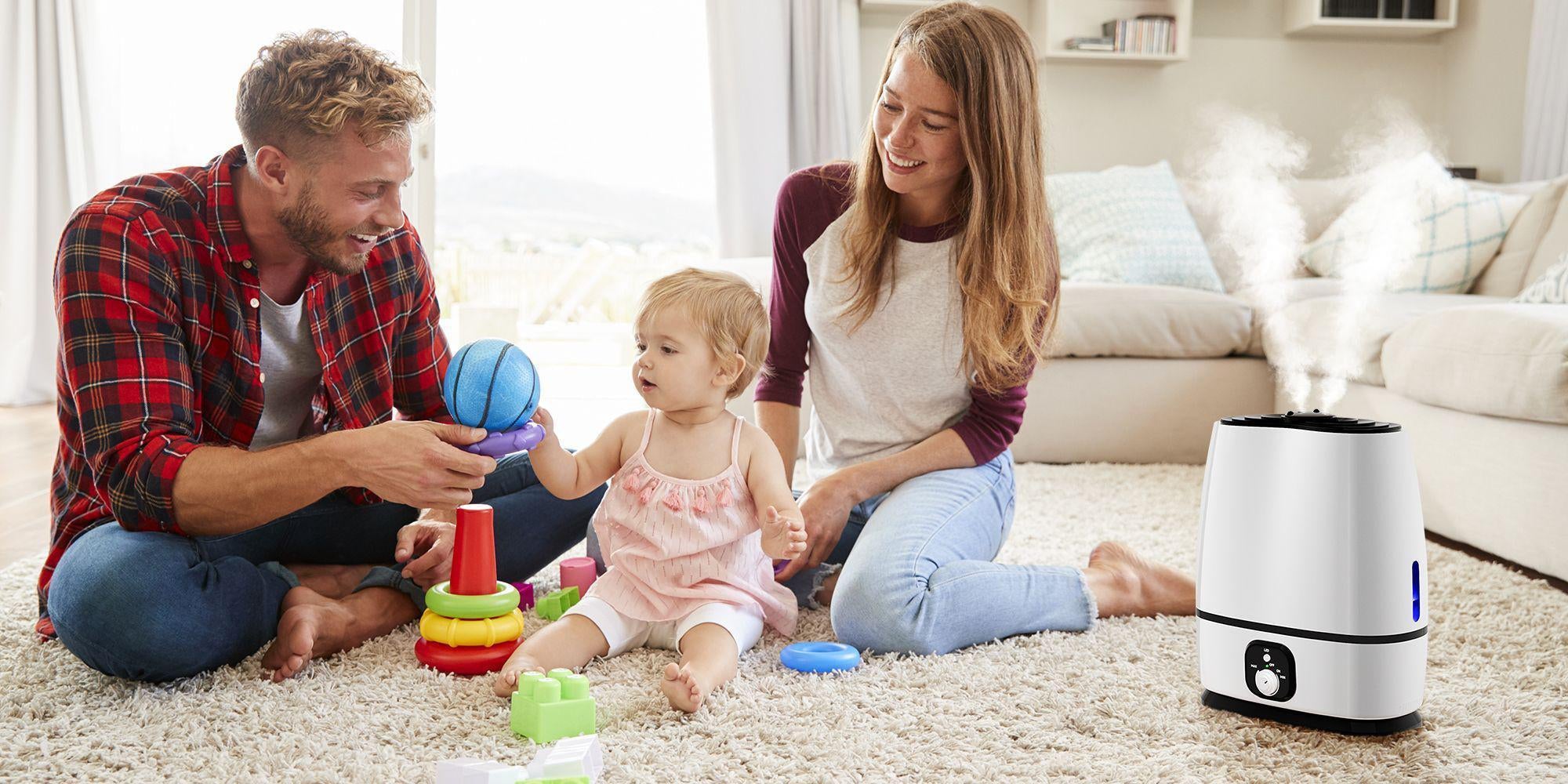
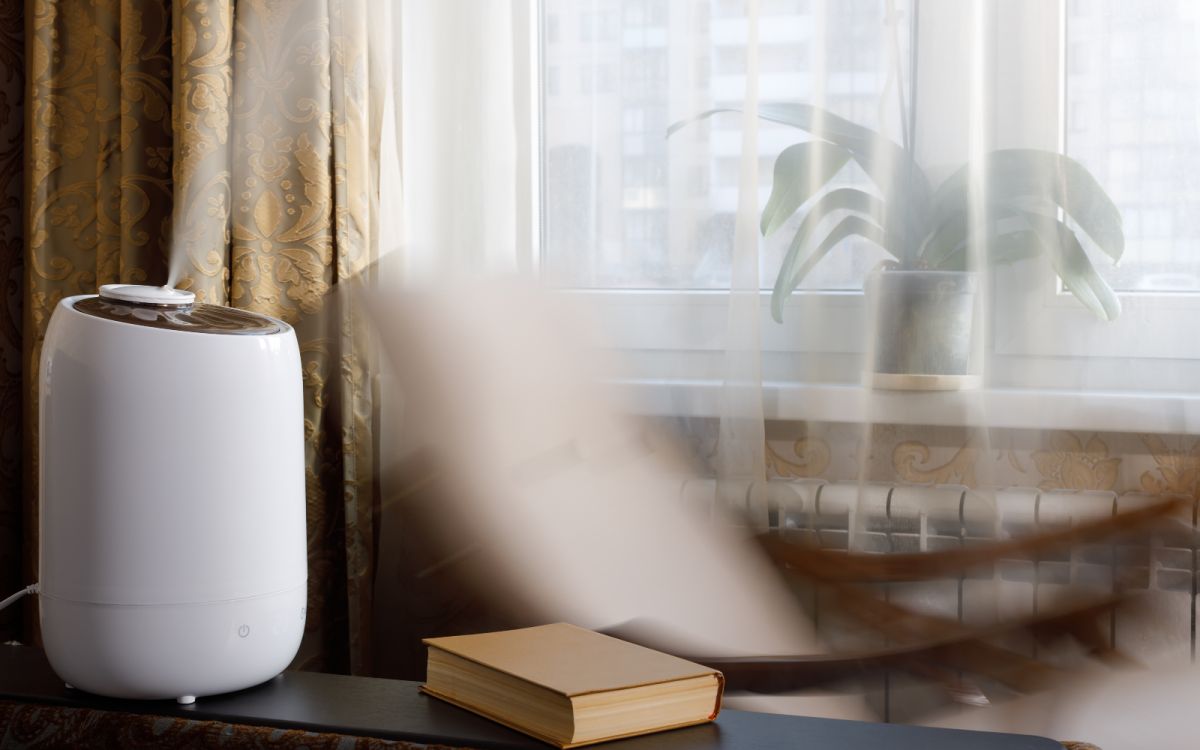
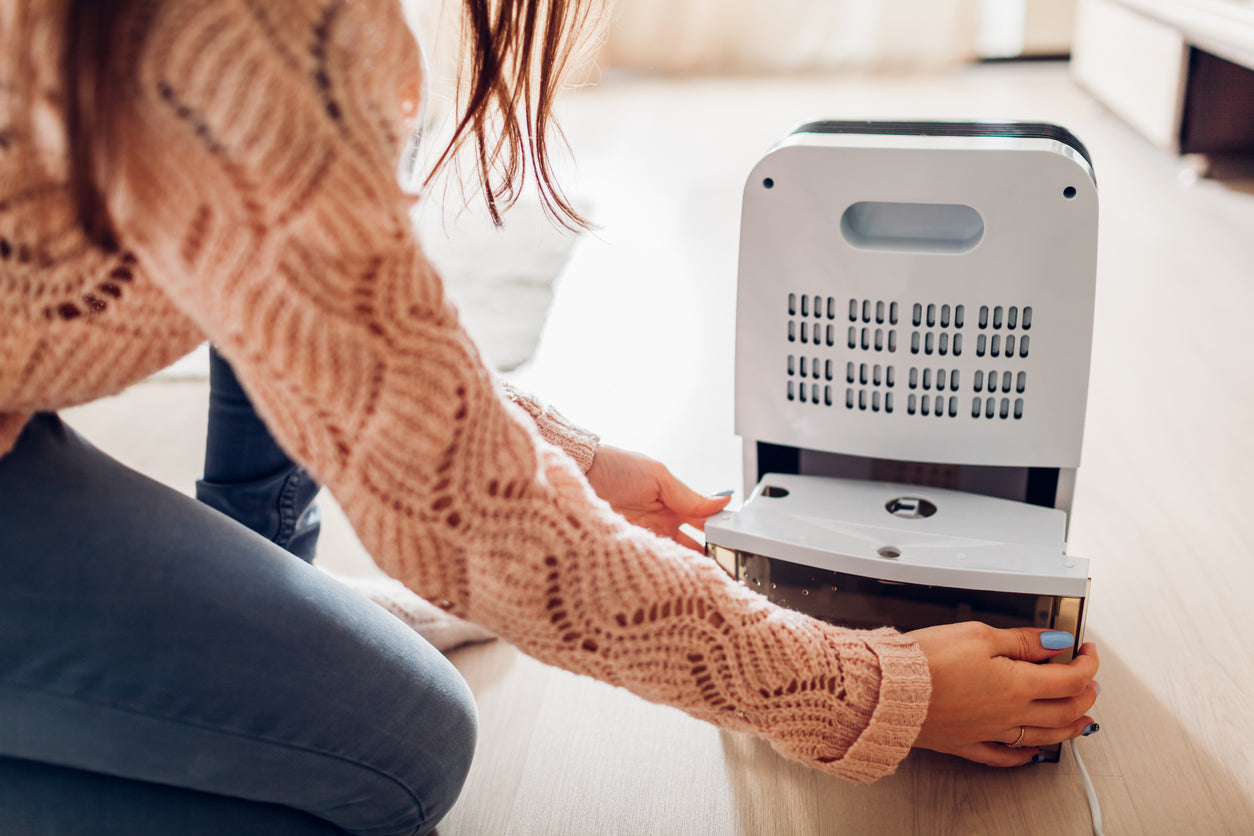
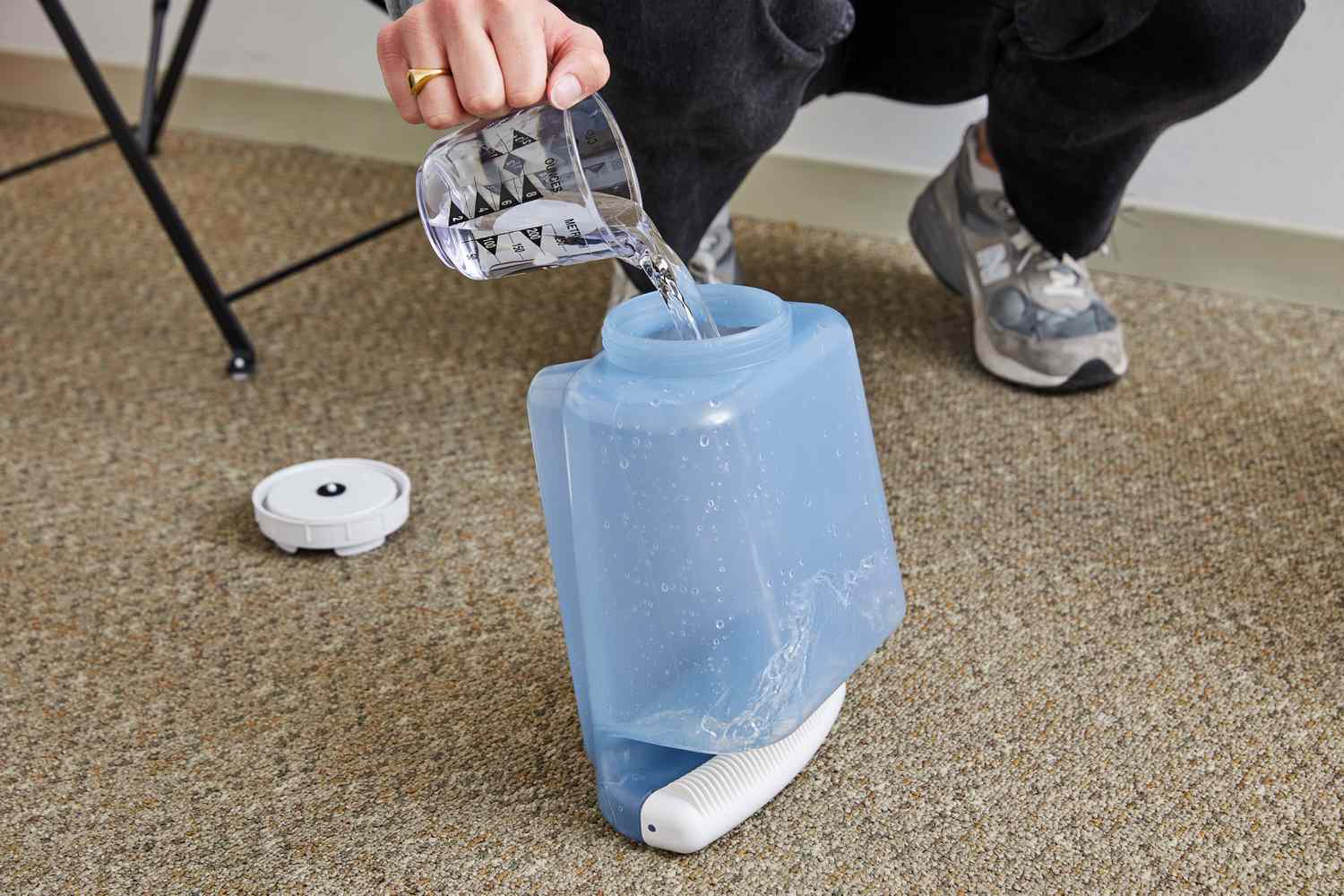
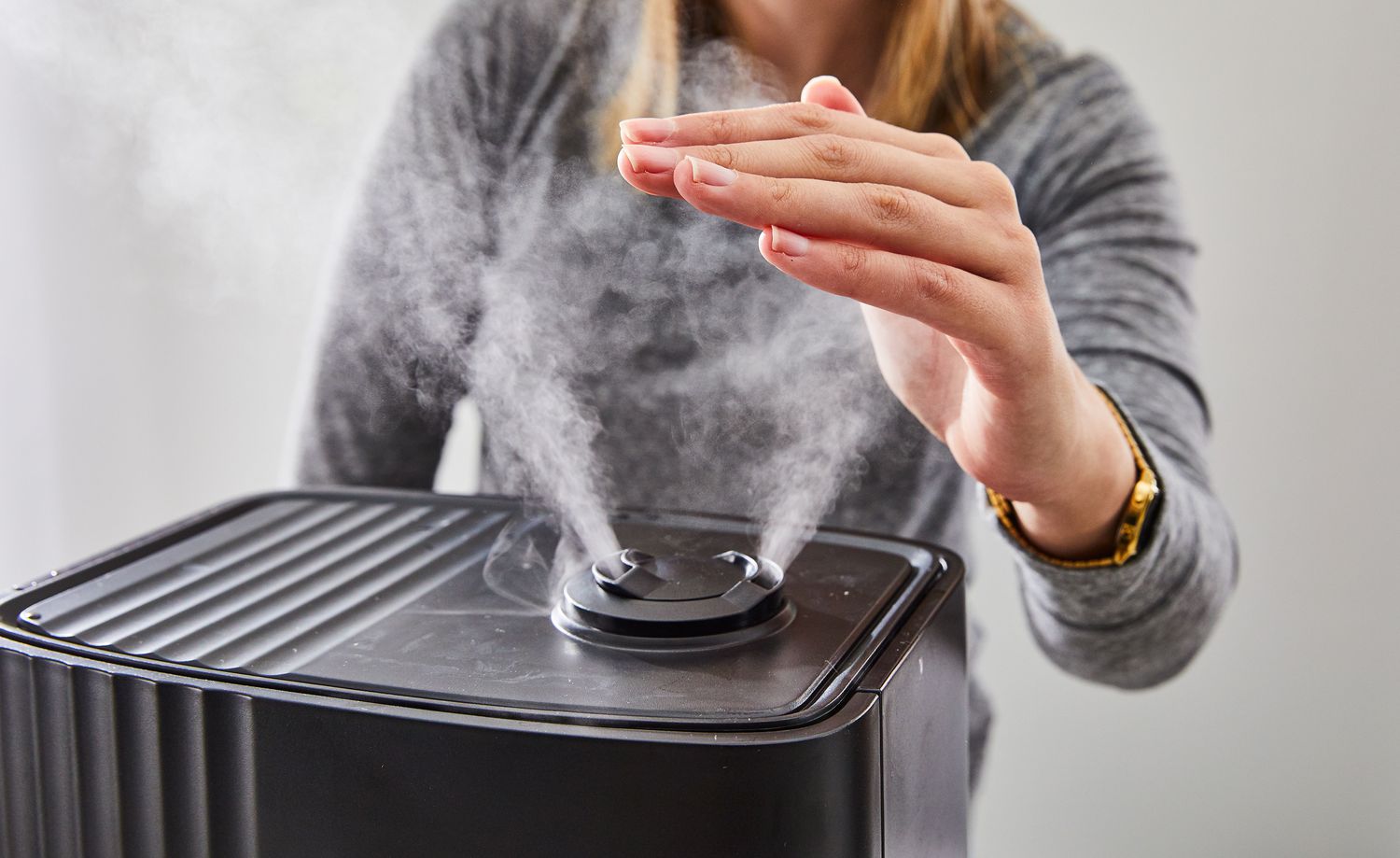
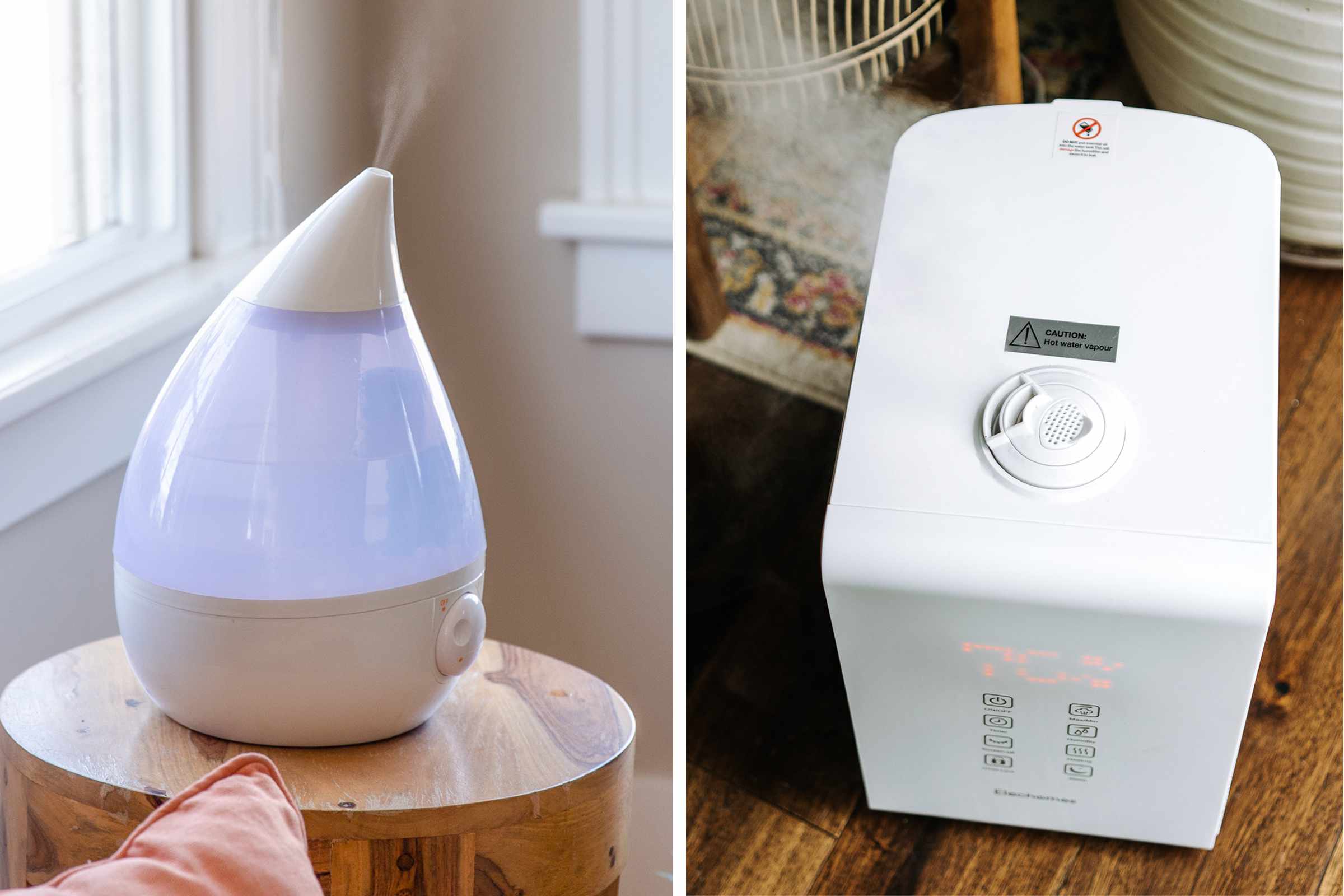
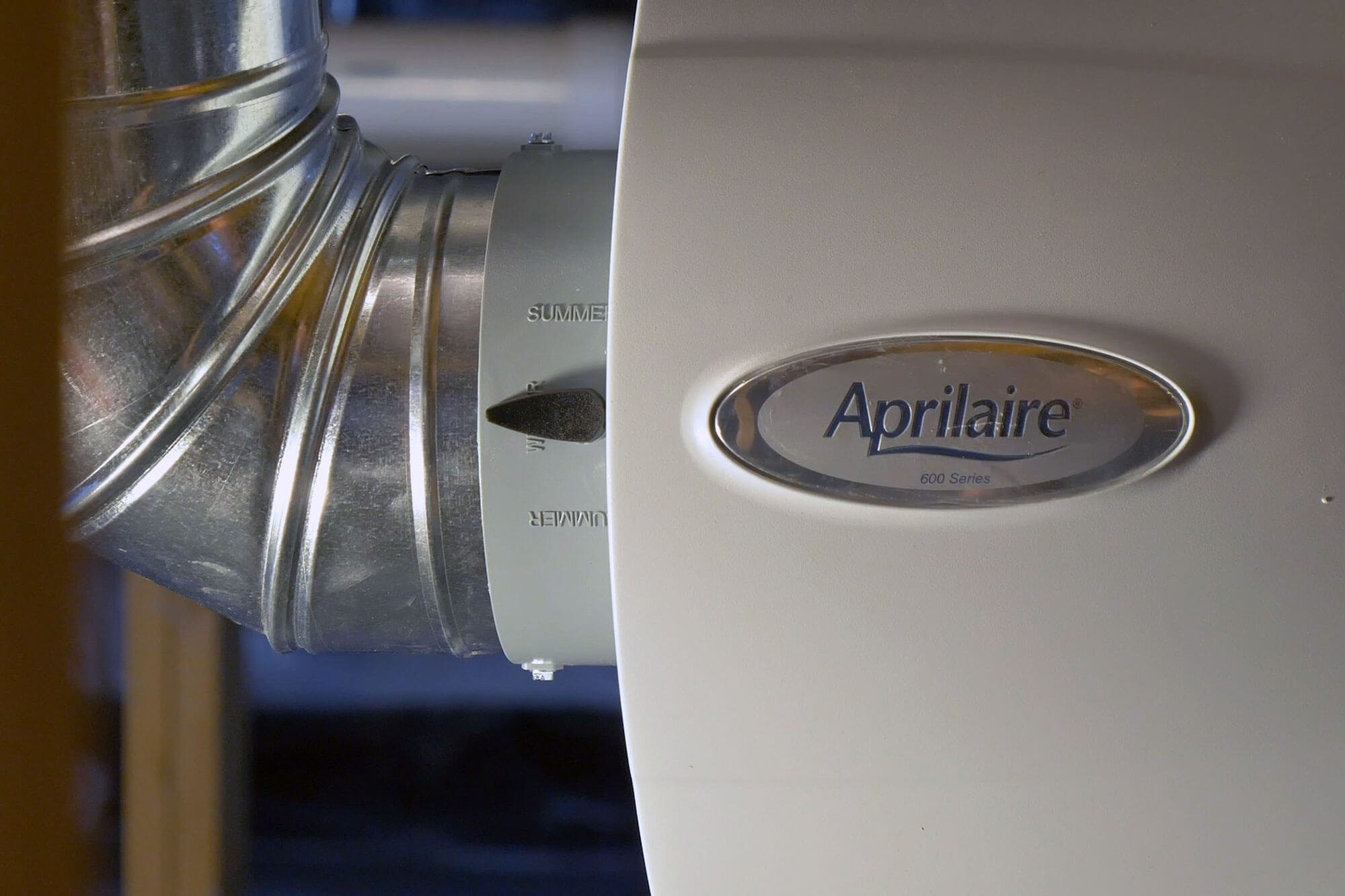
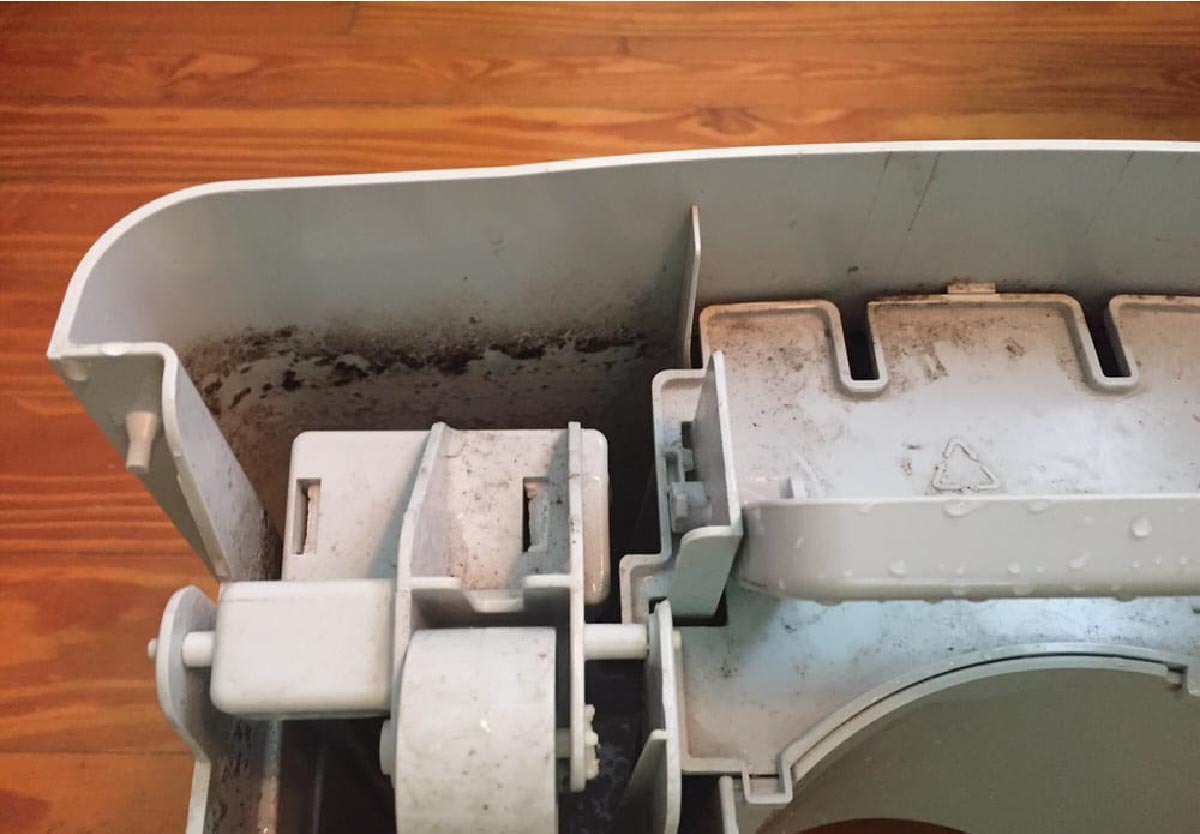
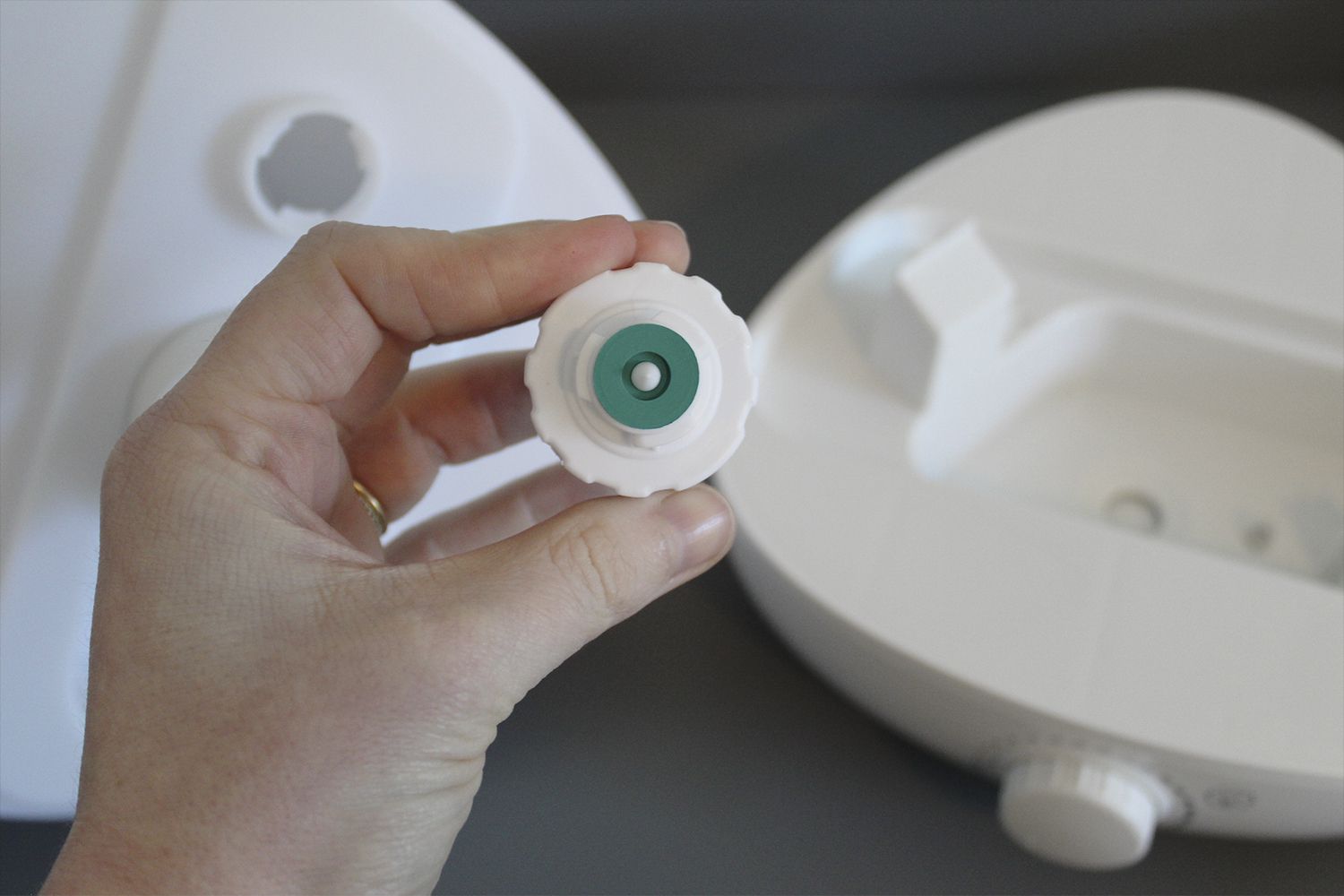
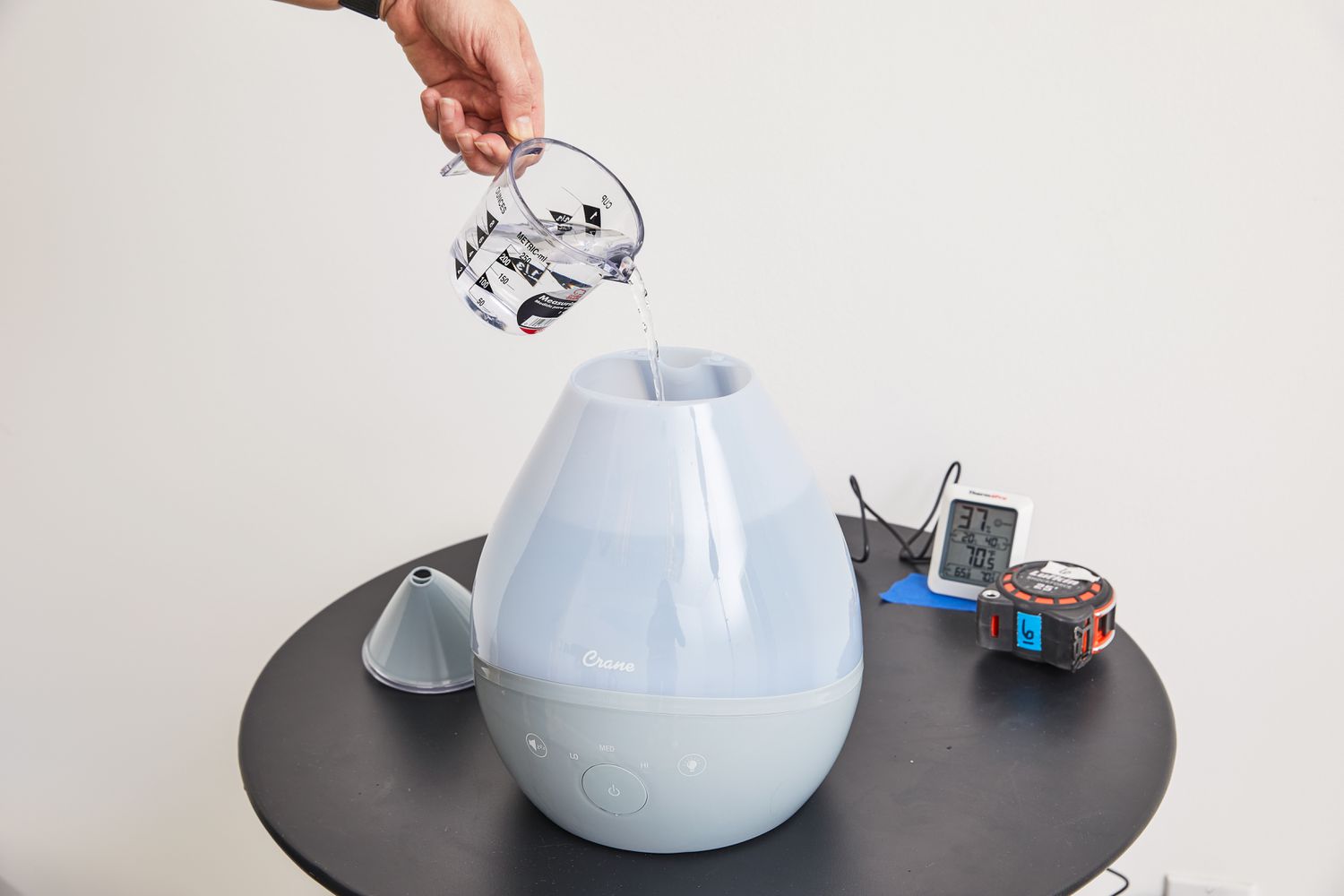
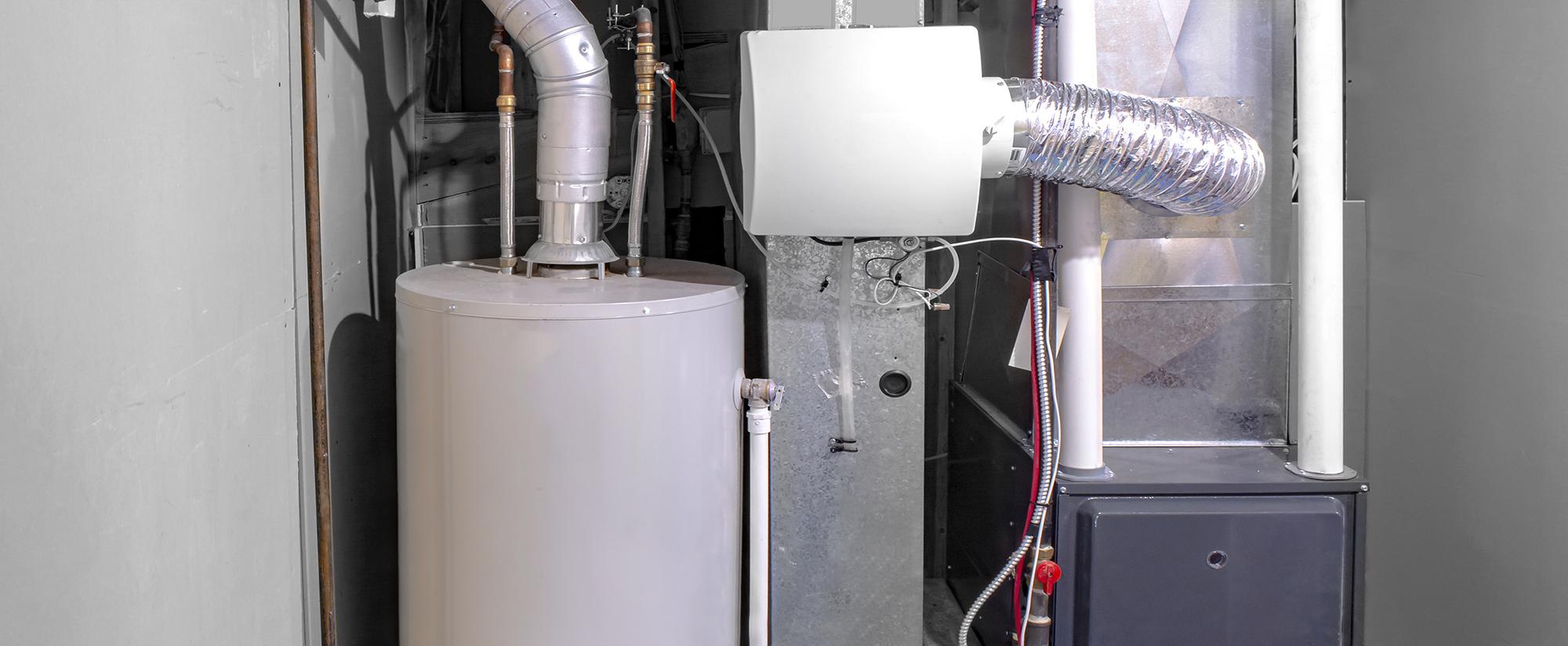
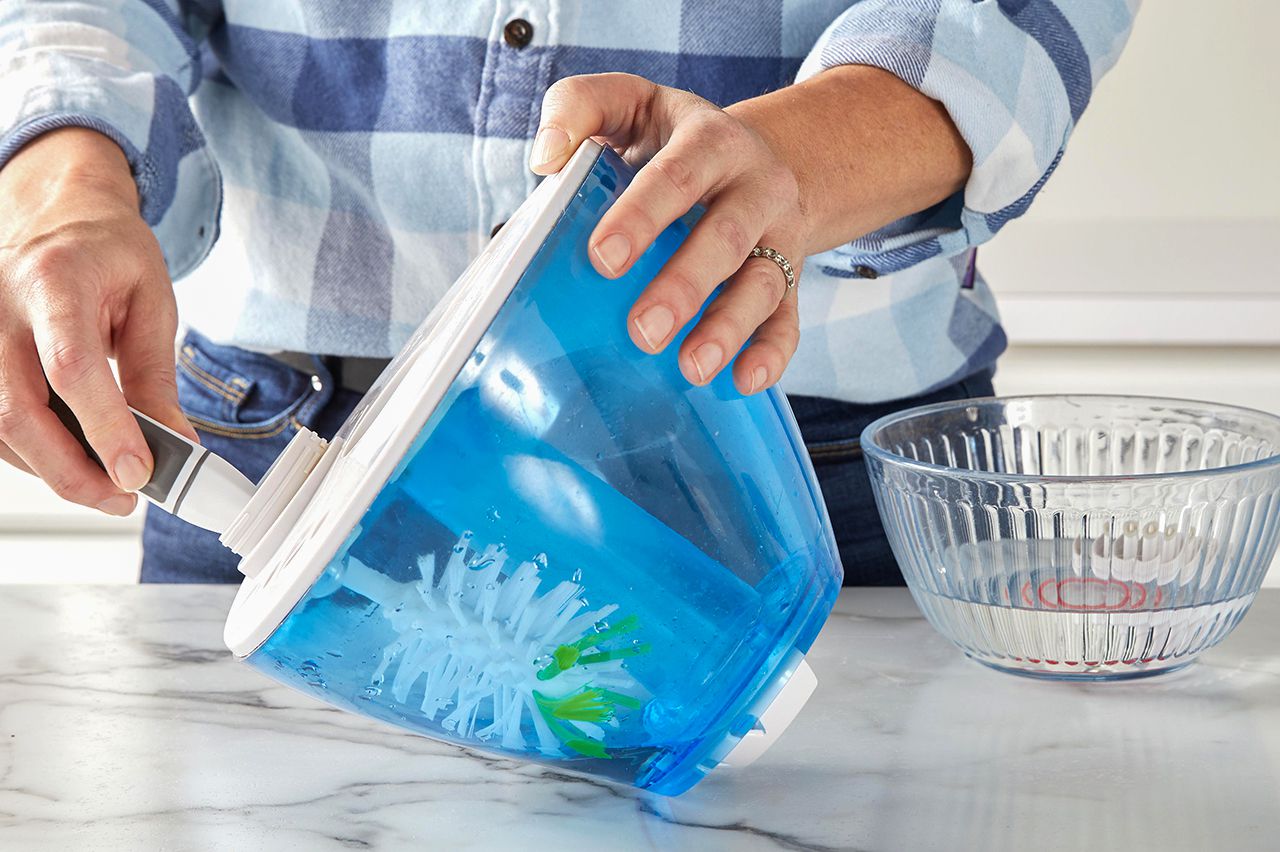

0 thoughts on “How To Use A Humidifier”